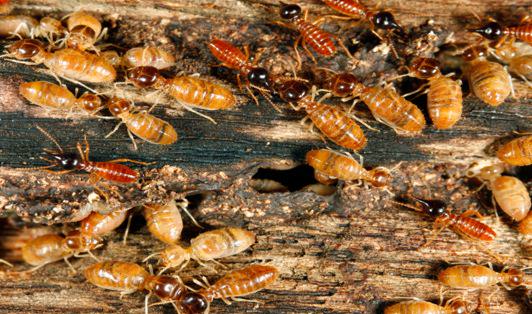Researchers have long been researching how insect colonies function – particularly how their complicated system of living together works. scientists have also looked for answers about these interactions in animals’ DNA.
For the first time, Arizona State University scientists, along with a large group of international researchers, have sequenced and analyzed the genome of one termite species. This means researchers can now compare the termites’ DNA with that of ants and colony-building bees.
The new development is going to be of immense help for scientists as it will help them identify specific gene functions that may guide them as to how to control unwanted termite in the days to come.
The development will help scientists in actually devising a strategy in finding differences and similarities with other animals that are categorized as social insects including ants, wasps and bees. The study according to scientists will also help them find the answer of how the social animals evolved.
It is needless to say that people behind the development are simply very excited. Nicolas Terrapon of Aix-Marseille University and one of the lead authors says, “The analysis of the termite genome is crucial to improving our understanding of decisive steps in the evolution of insects, and also of the development of social insects. He goes on to add, “Termites are, in contrast to bees and ants, quite original insects, and belong to the cockroaches. Our research will help us gain a better understanding of the evolution of insects in general.”
Some of the basic developments of the findings include the fact that unlike other social animals these termites come with less number of receptors associated with smell. This makes communication between them harder compared to other social insects. “These sensory receptors may not be as important to being social as we previously believed, at least for these more primitive termites”, says one of the scientists who was part of the study.
Agencies/Canadajournal
 Canada Journal – News of the World Articles and videos to bring you the biggest Canadian news stories from across the country every day
Canada Journal – News of the World Articles and videos to bring you the biggest Canadian news stories from across the country every day



